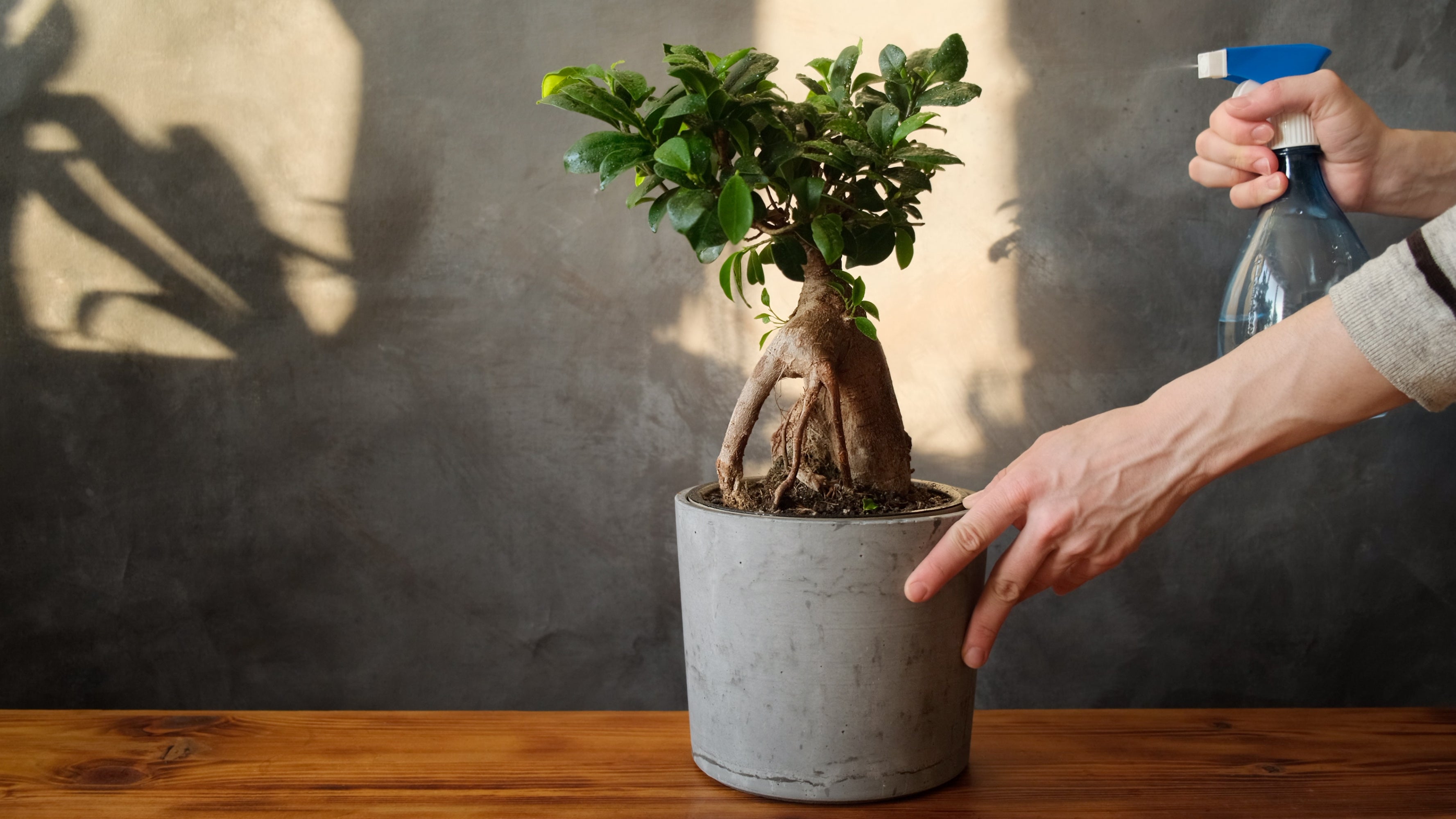Welcome to the world of Ficus Ginseng! This extensive guide is tailored for both budding and experienced plant parents. Let's dive deep into understanding and caring for this unique houseplant.
The Origins of Ficus Ginseng
The Ficus Ginseng, with its captivating twisted roots and verdant leaves, originates from Southeast Asia. Widely cultivated in regions of China and Malaysia, it plays a significant role in cultural rituals and traditional medicine. The name 'Ginseng' refers to its roots' appearance, which bears resemblance to the famed Ginseng root used in herbal remedies.
Understanding the Ficus Ginseng
Ficus Ginseng belongs to the large Ficus genus. What sets it apart is its bulbous, twisted root structure and glossy green leaves. This plant has a bonsai-like appearance, making it a prized possession for many plant enthusiasts.
Essential Care Requirements
To ensure your Ficus Ginseng thrives:
1. Light
Position your Ficus Ginseng in bright, indirect light. A spot near a north or east-facing window is ideal. While it's adaptable, avoid prolonged direct sunlight as it can burn the leaves.
2. Water
Watering needs vary with the season. In summer, water when the top inch of soil is dry. In winter, reduce watering frequency. Overwatering can lead to root rot, so ensure proper drainage.
3. Temperature and Humidity
This plant prefers warmer temperatures between 60°F and 75°F. Avoid sudden temperature drops. For humidity, a level of 50-70% is ideal. If you live in a dry area, consider using a humidifier or placing a water-filled tray near the plant.
4. Fertilization
Feed your Ficus Ginseng with a balanced liquid fertilizer every month during its growing season (spring and summer). In autumn and winter, reduce fertilization to once every two months.
The Perfect Soil Mix
Ficus Ginseng requires well-draining soil. Here’s a DIY soil mix recipe:
DIY Soil Mix Recipe:
- 3 parts potting soil
- 2 parts perlite
- 1 part coarse sand
- 1 part compost or organic matter
This mixture ensures both nutrition and proper drainage, essential for the plant's health.
Repotting Insights
Repotting rejuvenates the plant, providing fresh soil and room to grow. Here's a step-by-step guide:
- Select a pot 1-2 inches larger than the current one with good drainage holes.
- Partially fill it with the DIY soil mix.
- Gently remove the Ficus Ginseng from its old pot, shaking off excess soil.
- Place the plant in the new pot and surround it with soil, pressing down gently.
- Water thoroughly.
Common Issues and Solutions
1. Yellowing Leaves:
Caused by overwatering or poor drainage. Check the soil moisture and ensure the pot has adequate drainage holes.
2. Leaf Drop:
This can be a sign of sudden temperature changes or drafts. Ensure a stable environment for your plant.
3. Pests:
Keep an eye out for common pests like aphids, mealybugs, and spider mites. Use insecticidal soap or neem oil to treat any infestations.
What Next?
The Ficus Ginseng is a resilient and eye-catching plant that rewards attentive care with lush growth. With the insights from this guide, you're well-equipped to nurture and appreciate its beauty. Happy planting!






